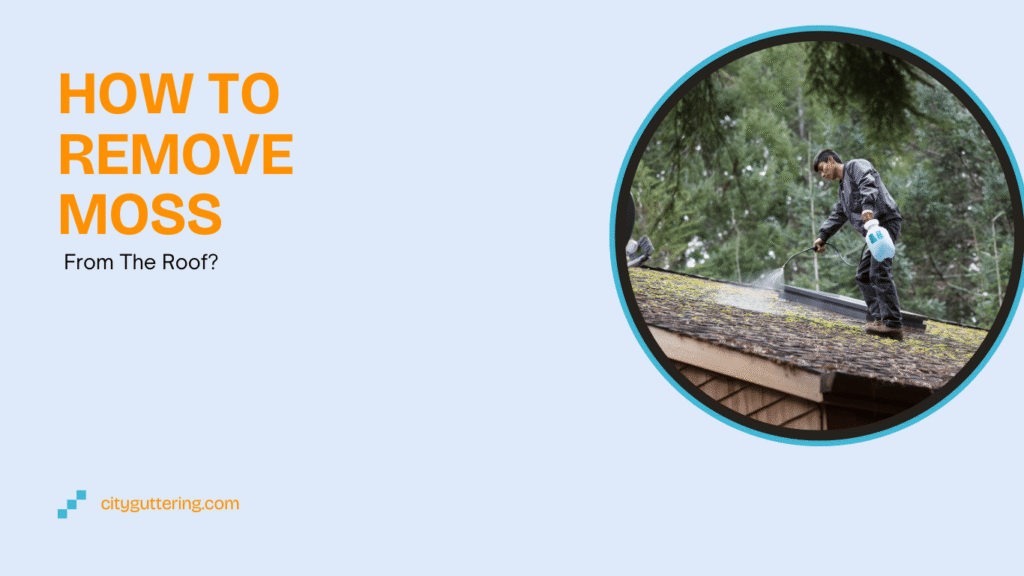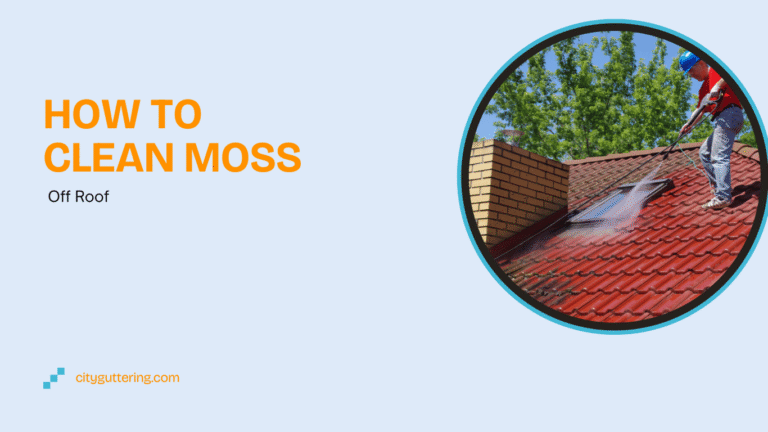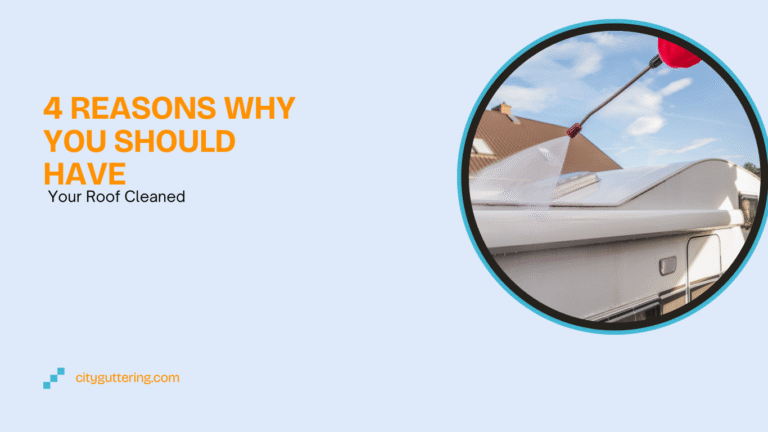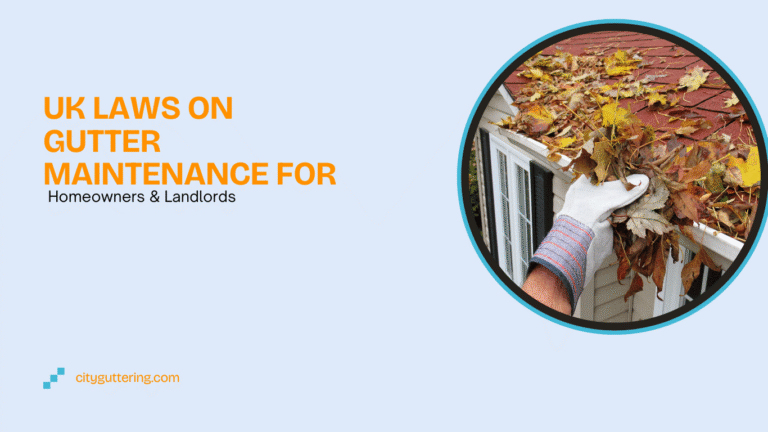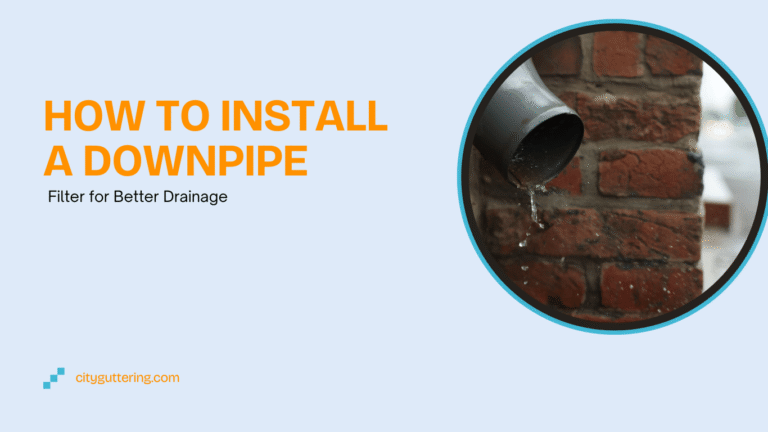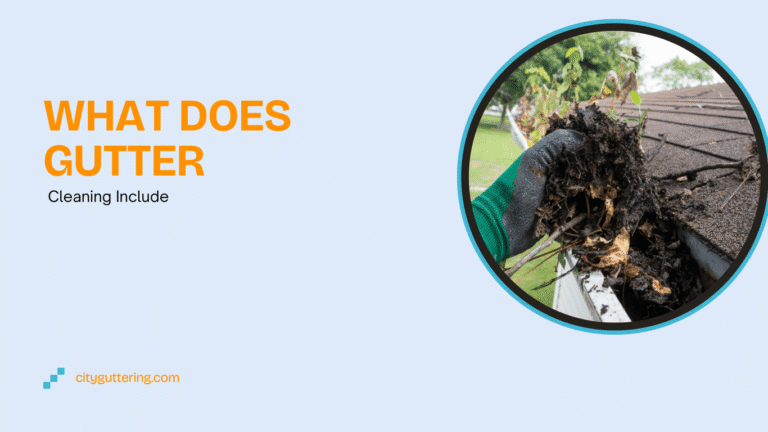Moss growth on rooftops is a common issue in damp and shaded areas like London and Surrey. While the green patches might look harmless at first, they can quickly spread, trapping moisture and causing damage to your roof and gutters.
Left untreated, moss can reduce the lifespan of your roofing materials and lead to costly repairs.
In this guide, we’ll walk through why moss forms, the risks it poses, and practical ways to remove it safely. We’ll also cover how to remove moss from roof and when to call in professional help.
Why Moss on Your Roof is a Problem
Moss thrives in cool, damp conditions, which makes UK homes especially vulnerable. It clings to roof tiles and shingles, spreading its roots into small cracks. Over time, this causes structural and functional issues, including:
- Tile Damage: Moss roots lift and crack tiles, leading to leaks.
- Blocked Gutters: Loose moss clumps wash into gutters, blocking drainage.
- Water Damage: Moisture trapped under moss increases the risk of leaks.
- Shortened Roof Lifespan: Constant exposure to dampness accelerates wear and tear.
A moss-covered roof doesn’t just harm the structure; it also affects your property’s appearance. That’s why regular cleaning and maintenance are essential.
Signs Your Roof Has a Moss Problem
Moss growth often starts slowly, but early detection can prevent major damage. Look out for these signs:
- Green or dark patches spreading across roof tiles.
- Loose moss debris in your gutters or on the ground.
- Shingles or tiles lifting slightly.
- Water stains on your ceiling or walls, indicating possible leaks.
If you notice one or more of these, it’s time to take action before the problem escalates.
Different Methods to Remove Moss from Roof
There’s no single method suitable for every home. The right choice depends on your roof type, the amount of moss, and whether you prefer DIY or professional help.
Manual Cleaning
Manual removal involves using a stiff brush or scraper to dislodge moss. It’s best for light moss growth, but it can be time-consuming.
- Always use safety equipment such as gloves and a stable ladder.
- Avoid wire brushes as they can damage tiles.
- Work from the top of the roof downward to prevent lifting shingles.
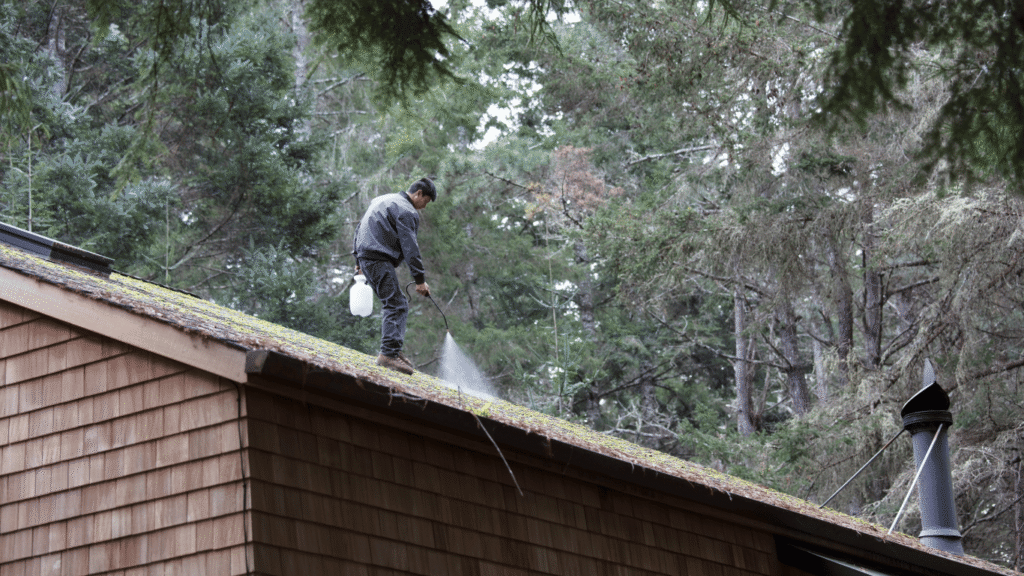
Chemical Treatments
Special moss-killing solutions can be sprayed onto the roof.
- Eco-friendly options are available that won’t damage plants or soil.
- Some treatments prevent regrowth for months or years.
- Bleach-based cleaners are effective but may harm surrounding greenery.
Pressure Washing
This method removes moss quickly, but it carries risks. A high-pressure jet can damage tiles or push water under shingles if not done properly. That’s why many London homeowners rely on professionals for this method.
Step-by-Step Guide: How To Remove Moss From Roof
Here’s a practical guide for homeowners who want to attempt moss removal themselves.
- Inspect the Roof and Gutters – Check the extent of moss and any damage.
- Gather Tools and Safety Gear – Ladder, gloves, goggles, safety rope, and brush.
- Remove Loose Moss – Gently scrape away clumps without forcing tiles apart.
- Apply a Moss-Killing Solution – Spray an appropriate product evenly.
- Rinse Carefully – Use low-pressure water or let rain wash away dead moss.
- Clean Gutters Afterwards – Moss debris can block drainage if left unchecked.
- Dispose of Waste Properly – Collect moss and place it in garden waste bins.
This process helps maintain your roof’s condition, but keep in mind that safety is the biggest concern when working at height.
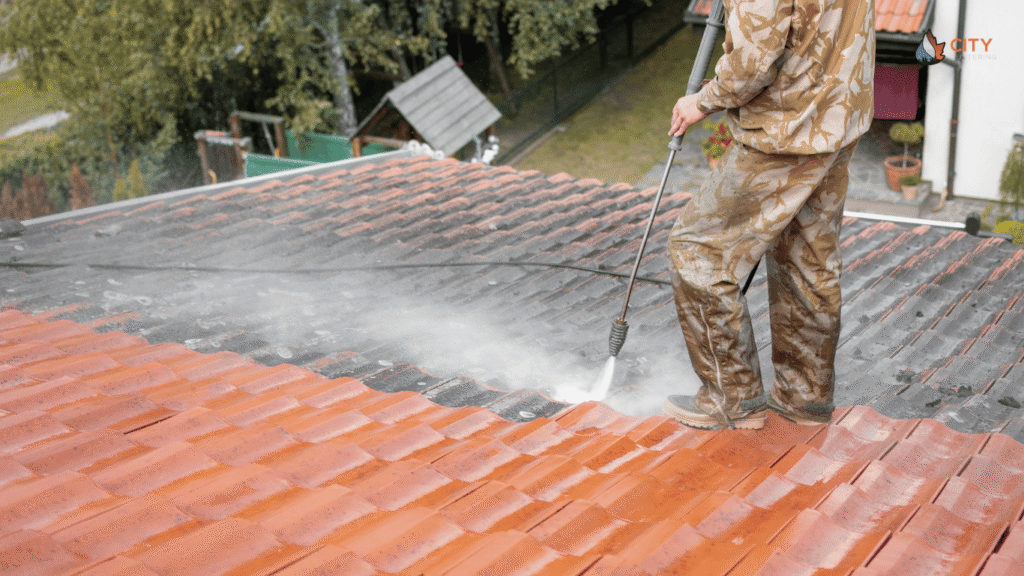
Preventing Moss from Growing Back
Removing moss is only half the battle. Preventing regrowth saves time, money, and effort in the long run.
- Install Copper or Zinc Strips: These release minerals that prevent moss from forming.
- Clear Debris Regularly: Remove leaves and branches from the roof and gutters.
- Maintain Good Drainage: Ensure gutters are unblocked so water flows freely.
- Improve Sunlight Exposure: Trim overhanging branches to reduce shade.
- Schedule Regular Roof Maintenance: Professional inspections catch problems early.
DIY vs Professional Moss Removal
While DIY removal can be cost-effective for small patches, it carries risks. Climbing onto a roof without the right experience and equipment can be dangerous. There’s also the chance of damaging tiles, which can lead to expensive repairs.
Professional services, on the other hand, bring:
- Trained experts with proper safety equipment.
- Long-lasting treatments that prevent moss returning.
- Peace of mind knowing the job is done correctly.
In London and Surrey, many homeowners prefer hiring specialists who can handle both roof and gutter cleaning in one visit.
Cost of Removing Moss from Roof in London
The cost of moss removal depends on several factors:
- Size and height of the roof.
- Level of moss growth.
- Type of tiles or shingles.
- Whether chemical treatment is included.
On average, homeowners in London can expect to pay anywhere from £200 to £600 for professional moss removal. While this is an investment, it often extends the life of your roof and prevents much costlier repairs.
Why Choose City Guttering London
When it comes to roof and gutter care, experience and trust matter. City Guttering London has built a strong reputation with over 200 five-star reviews from satisfied customers.
- Quick Service: Free quotes within 45 minutes.
- Local Expertise: Serving South London, Central London, Surrey, and Hampshire.
- Skilled Team: Specialists in gutter cleaning, repair, and maintenance.
- Emergency Support: Fast response for urgent problems like leaks or blockages.
Whether your roof needs a moss removal treatment or your gutters are overflowing, our team is ready to help.
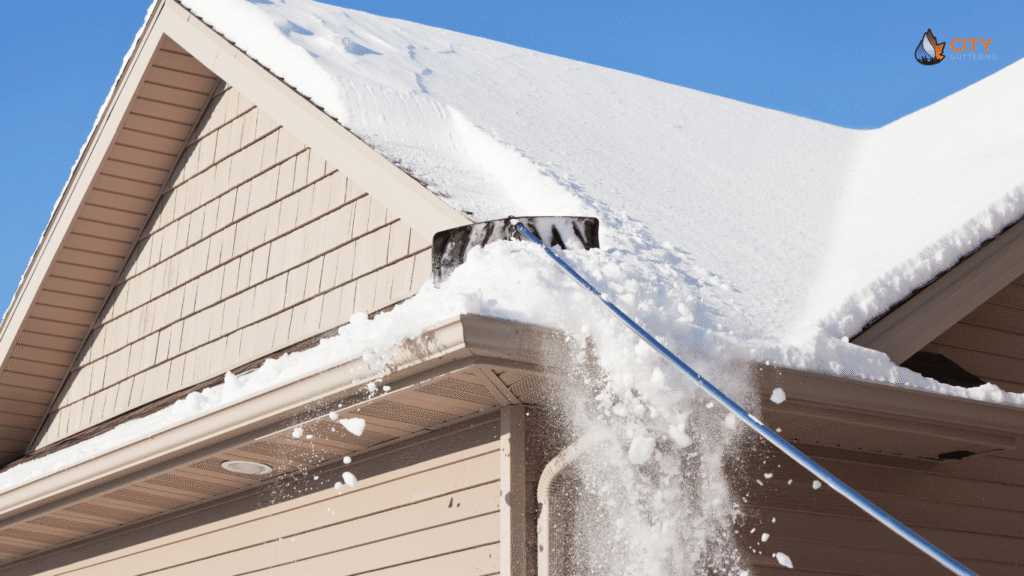
Final Thoughts
Moss might seem like a minor nuisance, but it can cause major issues if ignored. By understanding why it forms, how to remove it, and what steps to take to prevent regrowth, homeowners can keep their roofs in top condition.
For small cases, a careful DIY approach may be possible. But for safety, long-lasting results, and complete care, professional help is the best option.
